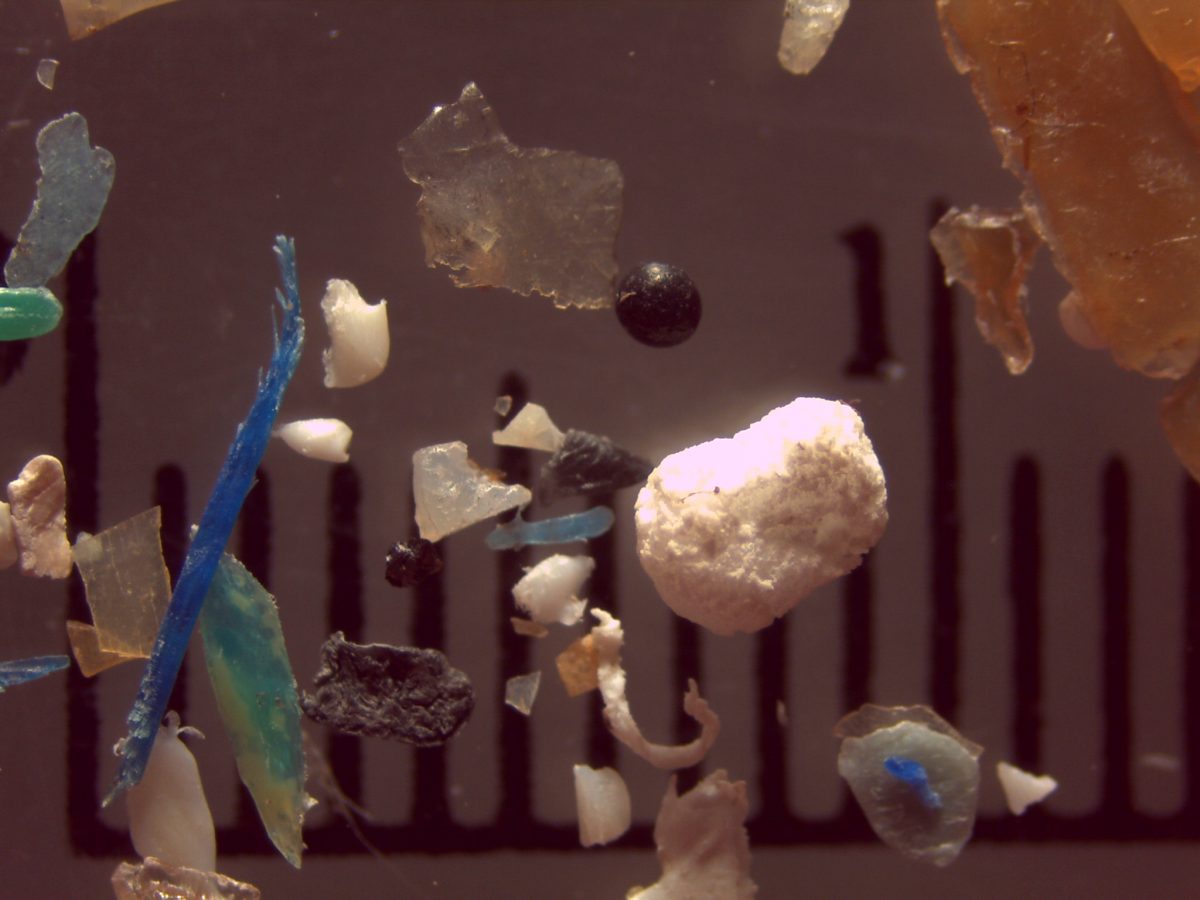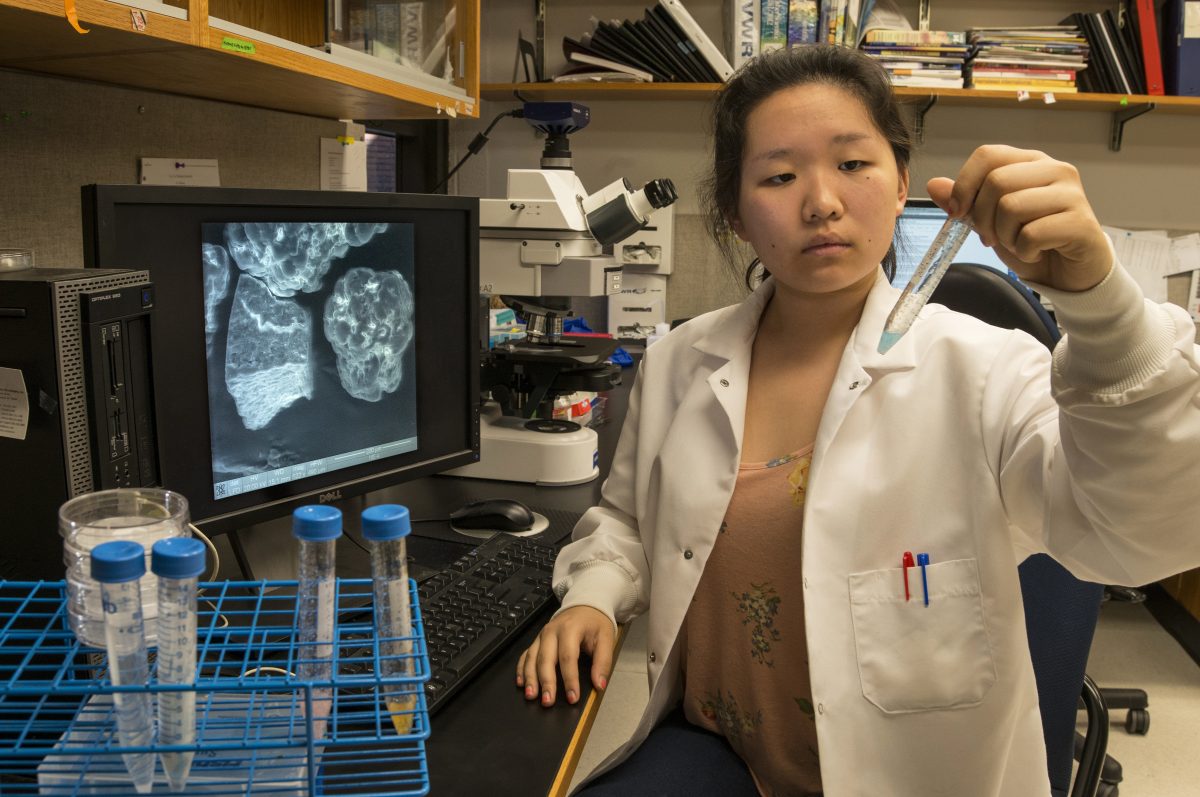What comes to mind when you hear the words “plastic pollution”? Maybe the phrase conjures up images of the infamous trash island plaguing the north Pacific. Maybe you think of the now-banned microbeads — formerly found in products like toothpaste and face wash — that researchers discovered polluting the Great Lakes in staggering quantities.
You know that plastic pollution anywhere is bad news. But how exactly is plastic pollution different in the Great Lakes compared to the ocean?
Here are five reasons why Great Lakes plastic pollution is different from ocean plastic pollution.
1. Generally, it’s really, really tiny.

Plastic never really goes away. It just breaks down into smaller and smaller pieces known as “microplastics.” These tiny pieces of plastic come from many sources. For example, washing clothing made of synthetic materials, like fleece, washes tiny fibers down the drain. Both large and small plastic pollution exists in the Great Lakes and the oceans. But, in our lakes and rivers, it’s what you don’t see that’s the problem.
2. It’s in our drinking water.

We don’t drink ocean water. But nearly 40 million people drink Great Lakes water. Because microplastics are so tiny and so prevalent in the lakes, they can make their way past water treatment facilities. Scientists have found microplastics in drinking water, beer—and even in human blood! (In case you were wondering, researchers found that some of the world’s most popular bottled water brands are even more likely to contain microplastics than tap water!)
3. It washes out, not up.

Plastic pollution travels differently in the Great Lakes compared to the oceans. In the world’s oceans, trash and debris can wash up from really, really far away places due to global ocean currents. In the Great Lakes, plastic pollution doesn’t come from an anonymous source far away. Plastic pollution flows out from our shorelines because we leave it there. Across the Great Lakes region, plastic travels through local watersheds and from beaches into the lakes before flowing with currents downstream. Eventually, tiny pieces of that litter flow out to the ocean, and our Great Lakes plastic pollution adds to the global ocean plastic problem.
4. The water is different.

Saltwater is more dense than freshwater. Currents are different in the ocean and Great Lakes. Unlike parts of the Great Lakes, the oceans never freeze. All these factors affect how plastic pollution moves through the water, and how it breaks down.
5. There’s a lot less information about plastic pollution in the Great Lakes compared to ocean plastic pollution.

Scientists have been studying plastic pollution in the ocean for decades. But overall there is a lot less research about plastic pollution in the Great Lakes and freshwater. We’re lucky to work with some Great Lakes superstars whose research is beginning to fill in the gaps.
